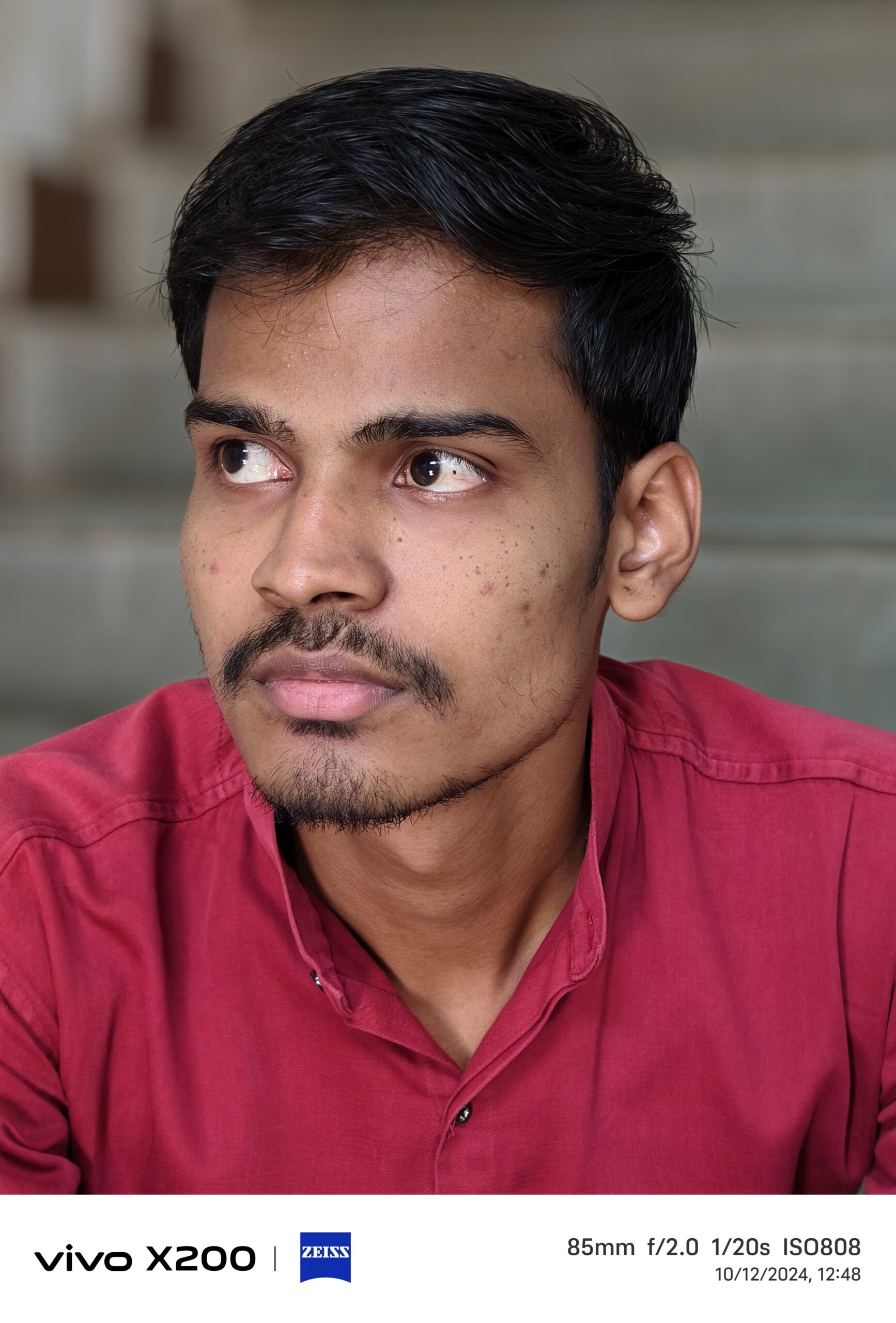The Vivo X200 series has arrived with a blend of exciting updates and its ongoing collaboration with Zeiss for the cameras. Sporting a triple 50-MP camera setup and a price tag of ₹65,999, Vivo hopes to capture consumers’ attention with its latest offering. But does it deliver? Let’s dive in.
Look, Body, and Feel
Before we get into the cameras, let’s talk about design. The Vivo X200 embraces a flatter profile this time, and I must say, the grip feels excellent. The display is slightly smaller than the X100, and the phone sits comfortably in the hand while maintaining an impressive, modern aesthetic.
That said, the textured edge of the camera module on the back feels awkward. It’s uncomfortable for your finger to rest on – something a cover partially remedies but doesn’t eliminate completely. It’s a small hiccup in an otherwise great in-hand experience.
Camera Setup
The Vivo X200 features a triple 50-MP camera array, complete with the familiar Vario-Tessar label:

- Main Camera: 50 MP | Sony IMX921 sensor | CIPA 4.5 stabilization
- Ultrawide Camera: 50 MP | Samsung JN1 sensor
- Telephoto Camera: 50 MP | Sony IMX882 sensor | 3x optical zoom | 100x digital zoom |
- 15 cm macro
- Front Camera: 32 MP | Ultra-Wide f/2
Also notable is Vivo’s VCS Camera-Bionic Spectrum 2.0 and Super Hard AR Coating on the lenses, alongside the Mediatek Dimensity 9400 processor powering this phone.
Daylight Performance
Main Camera
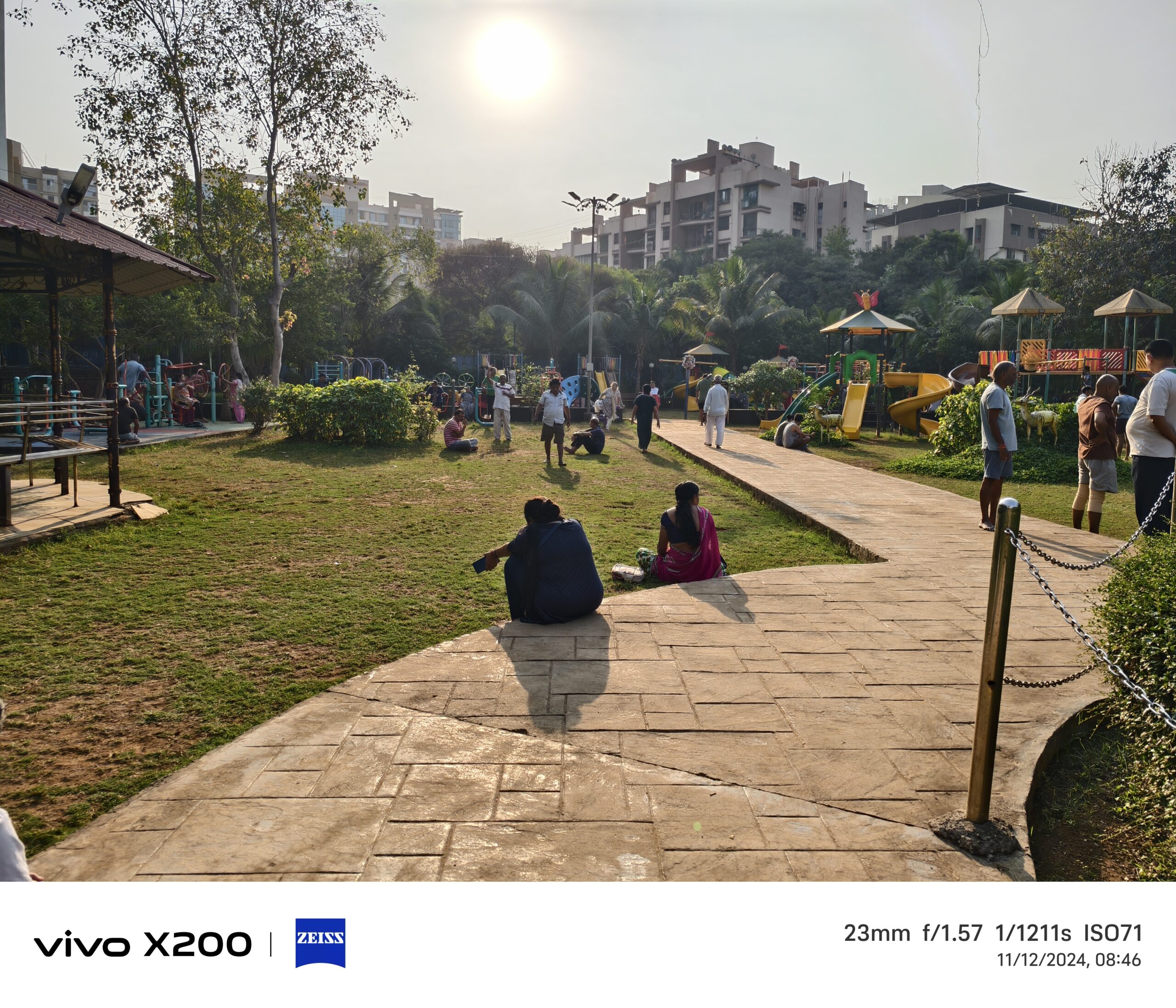
The main camera shoots at 14.3 MP (23mm) resolution and delivers vibrant, well-saturated images. Shots come out crisp and sharp, even when shooting against the sun. However, you may notice slight lens flaring and over-processing when zooming in, which can reduce overall clarity. Still, the camera handles shadows and highlights decently, brightening darker areas effectively.
Ultrawide Camera

The ultrawide camera uses the Samsung JN1 sensor, capturing shots at 14.28 MP. The natural mode produces pleasing colours with solid saturation and tones. As with the main camera, flaring is noticeable, and over-processing sneaks in when zooming into the details. While shadows and highlights hold up well, slight edge distortion is evident in wide-angle shots.
Telephoto Camera
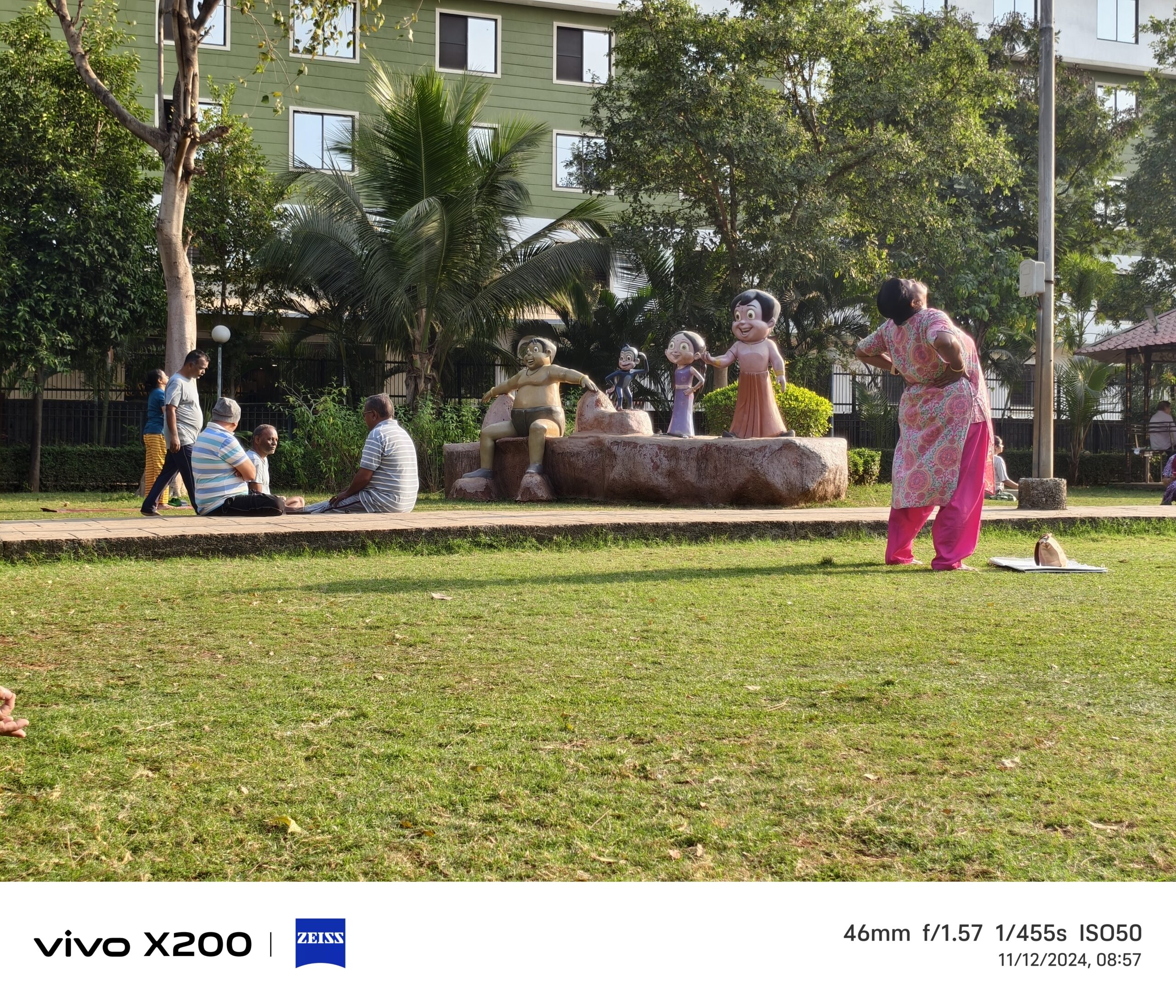
The telephoto lens drops from 64 MP (X100) to 50 MP. Images shot at 14.3 MP (2X) showcase decent sharpness but are inconsistent at higher focal lengths. Some shots display a reddish tinge and visible over-processing, especially at maximum zoom. That said, most users will appreciate the ability to zoom in – a feature heavily marketed but still inconsistent across Android devices.
Low-Light Performance
Low-light shooting reveals some inconsistencies across the cameras.
Main Camera: Produces sharp, detailed images with excellent colour saturation and reproduction. Even when zoomed in, the results remain impressive.
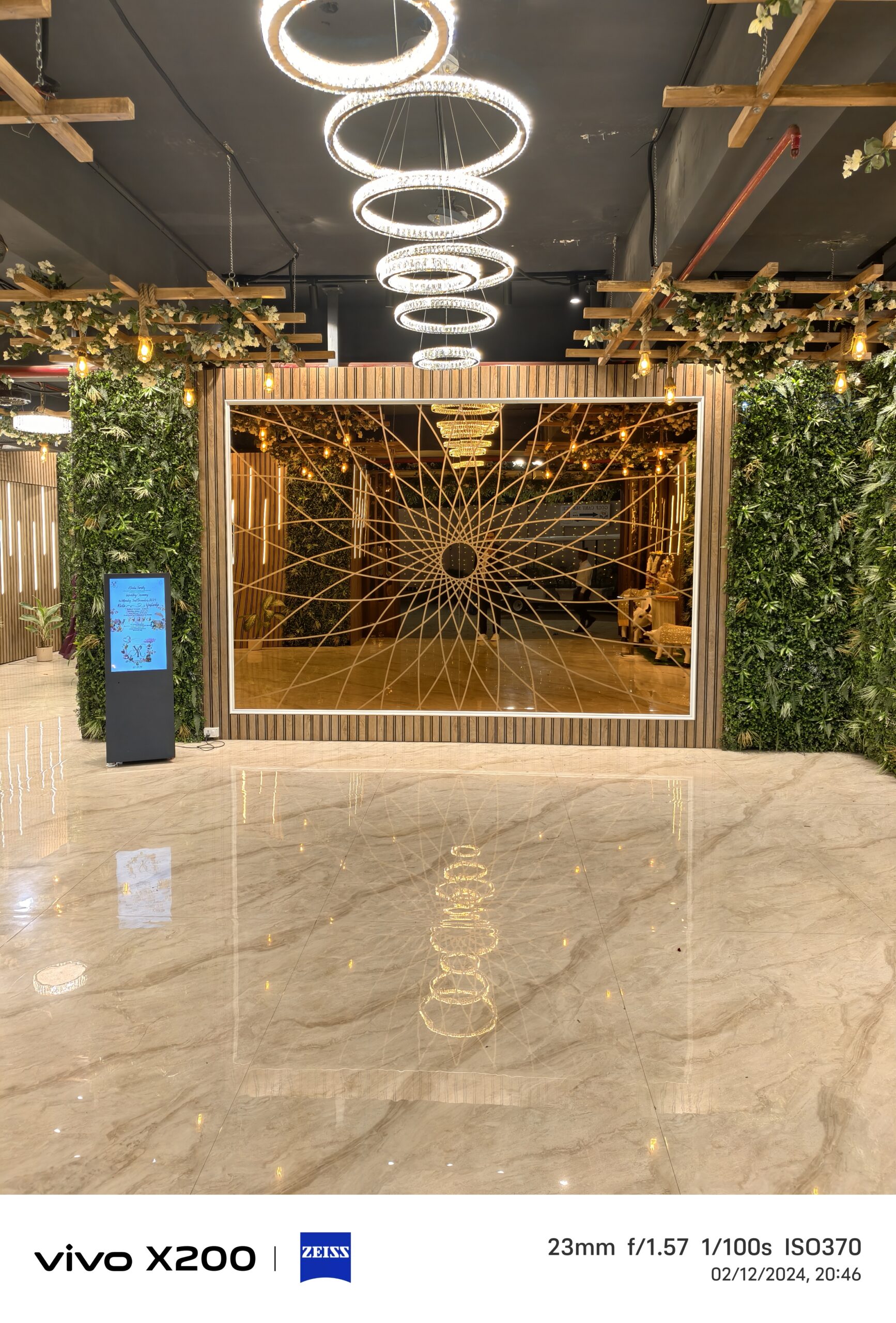
Ultrawide Camera: Images are slightly underexposed and less saturated compared to the main sensor. Details start to fade on closer inspection, though the colour tones remain appealing.
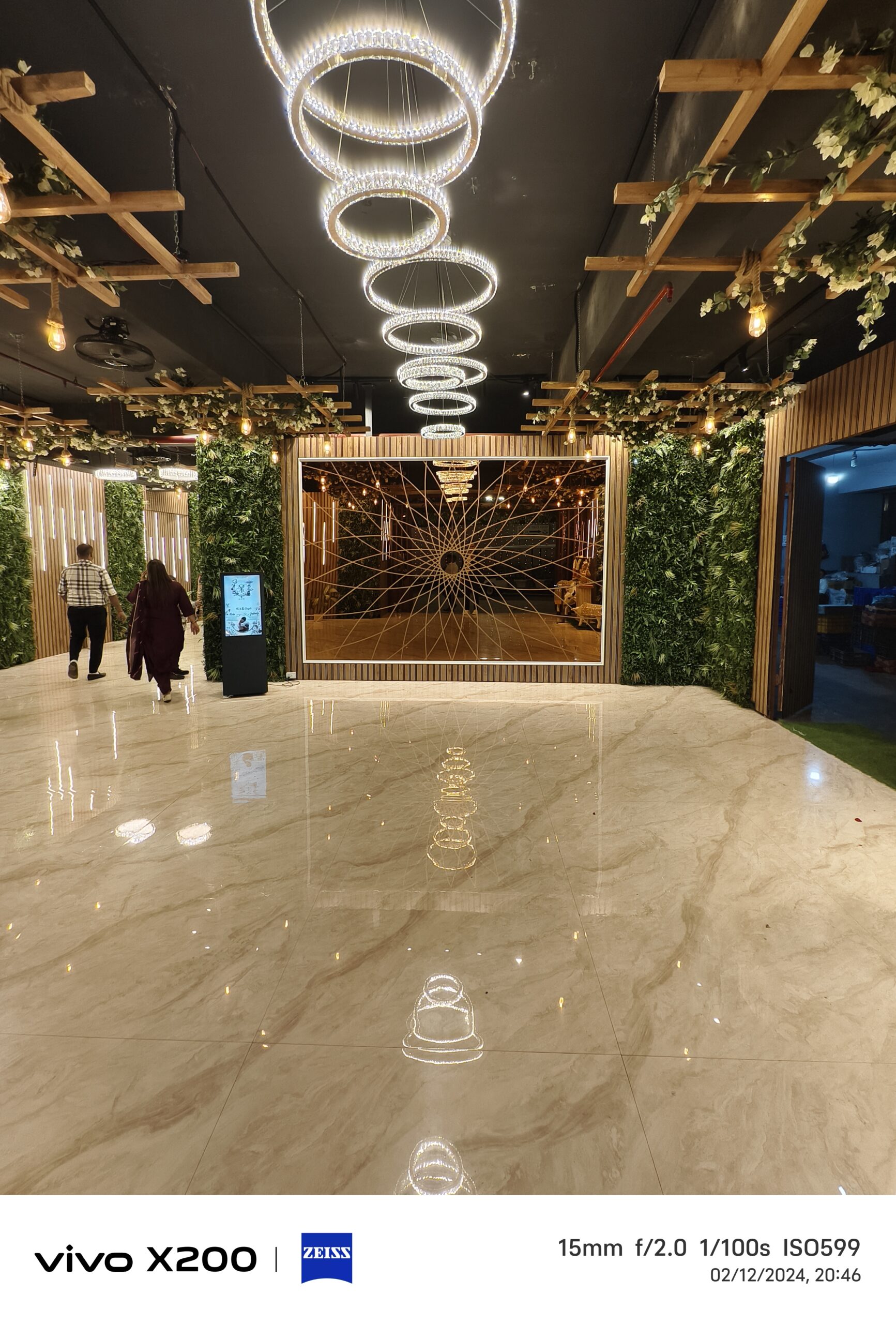
Telephoto Camera: At 46mm, sharpness holds up, but over-processing is evident. At 3x optical zoom (70mm), underexposure and reddish tones creep in. Moving into digital zoom, performance drops significantly, with yellowish colour shifts and visible noise – a common issue with most phones.
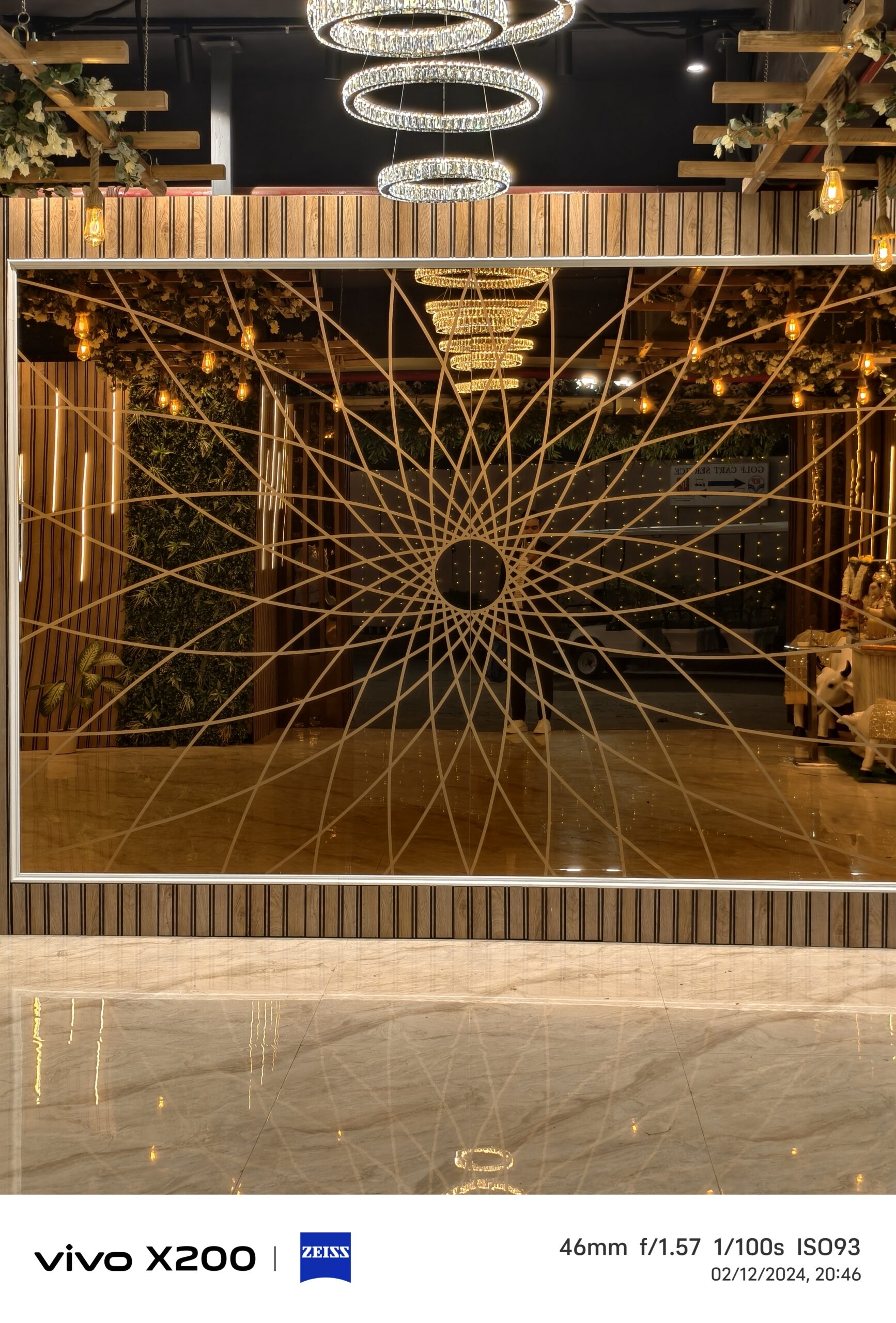
Front Camera

The 32-MP front camera (same as the X100) delivers sharp, detailed selfies. Portraits are clear, with good edge detection and decent background blur. However, zooming to 2x requires a manual pinch-to-zoom, which may confuse users accustomed to dedicated zoom icons.
Portrait Mode
Vivo offers five focal lengths (from 23mm to 100mm) with Zeiss templates for added creative control. Portraits shot in daylight deliver pleasing colours and good saturation. However, noticeable skin smoothening occurs below 85mm, even in the “natural” mode – a surprising find. At 100mm, though, textures appear more realistic. Edge detection and bokeh
quality remain consistent across lighting conditions, with attractive, rounded bokeh in the background. Distortion at extreme focal lengths is noticeable but typical for portrait lenses.
New Features
The Street Photography Camera template is a notable addition for photography enthusiasts. Double-pressing the volume down button opens a Pro-mode-like menu with spot metering (a feature that actually works). While promising, it’s hard to see casual users making full use of it.
Video
The Vivo X200 supports 4K video recording at 60fps, delivering stable, high-quality footage. Autofocus is quick and reliable, and portrait video mode performs decently, though background blur appears artificial at times.
Macro Mode
The super macro mode allows close-up shots with commendable results. Interestingly, the final images look far better than the live preview, indicating strong processing power but weak real-time representation – something Vivo should improve.
Battery and Display
The 5,800mAh battery is a significant upgrade from the X100’s 5,000mAh capacity. It also introduces India’s first Semi-Solid-State Battery, which minimizes heating during heavy usage. In real-world testing, the phone stayed surprisingly cool, though the chilly weather might have helped.
Verdict
The Vivo X200 cameras are a mixed bag. On the plus side, they deliver:
• Vibrant colours and excellent tonal range
• Strong macro performance
• Solid video capabilities
• Impressive battery life
However, the phone falls short in:
• Colour consistency across lenses
• Aggressive skin smoothening in portrait mode (below 85mm)
• Over-processing at higher zoom levels
At ₹65,999, consumers expect a robust, consistent performance across all cameras. While software updates could fix some of these issues, as it stands, the Vivo X200 raises questions despite its promising features. If Vivo addresses these concerns, they could have a winner on their hands.


